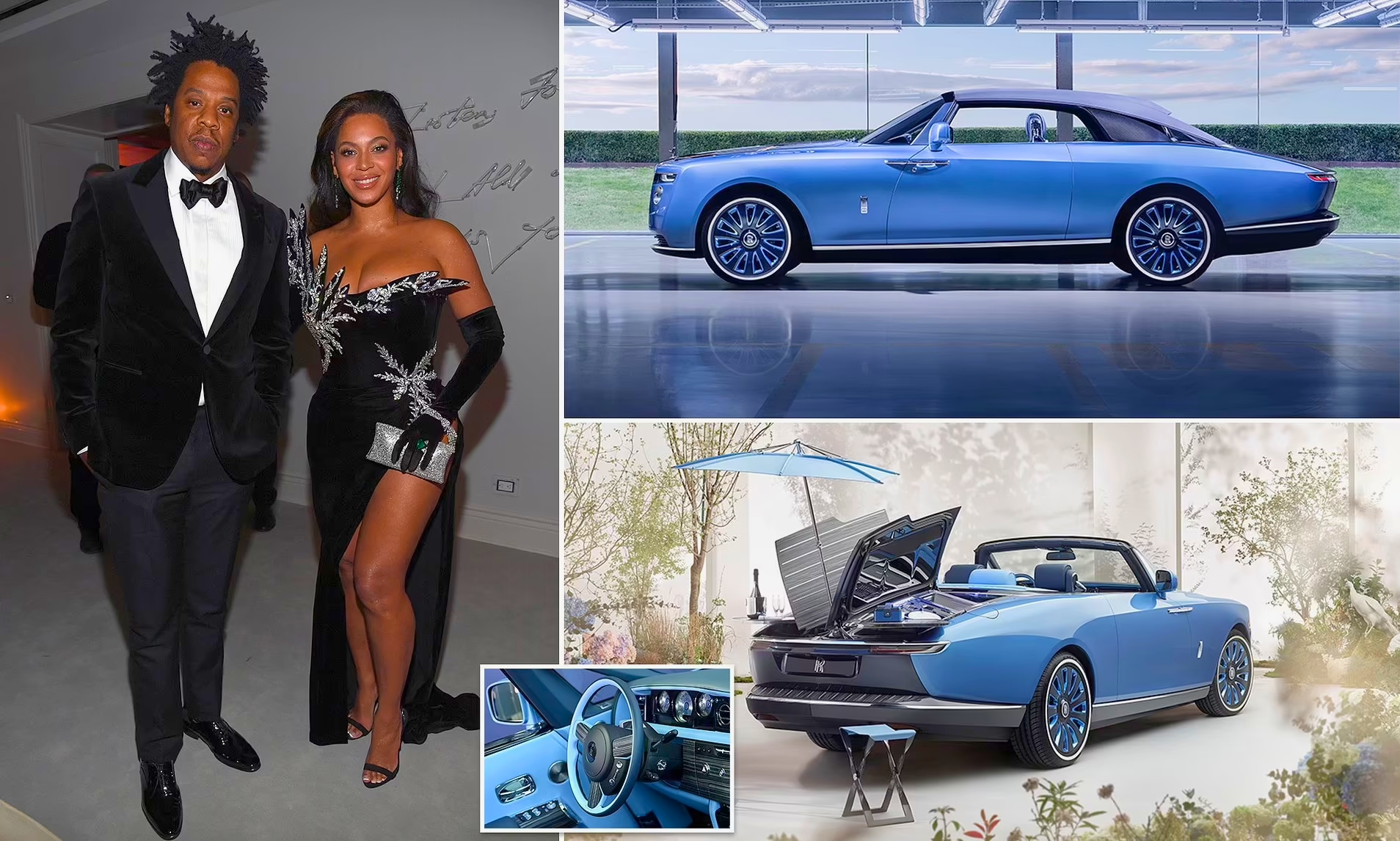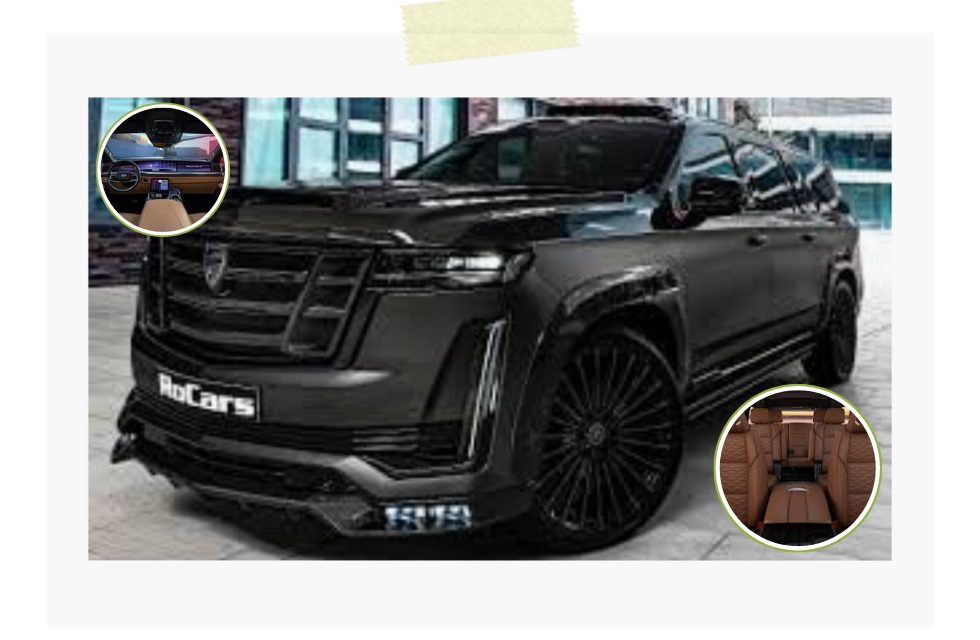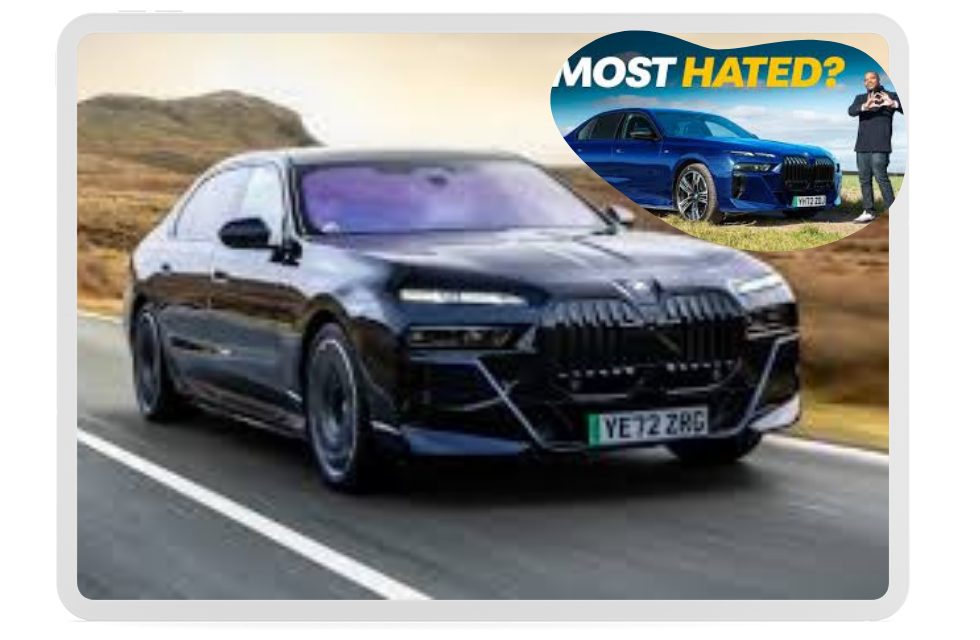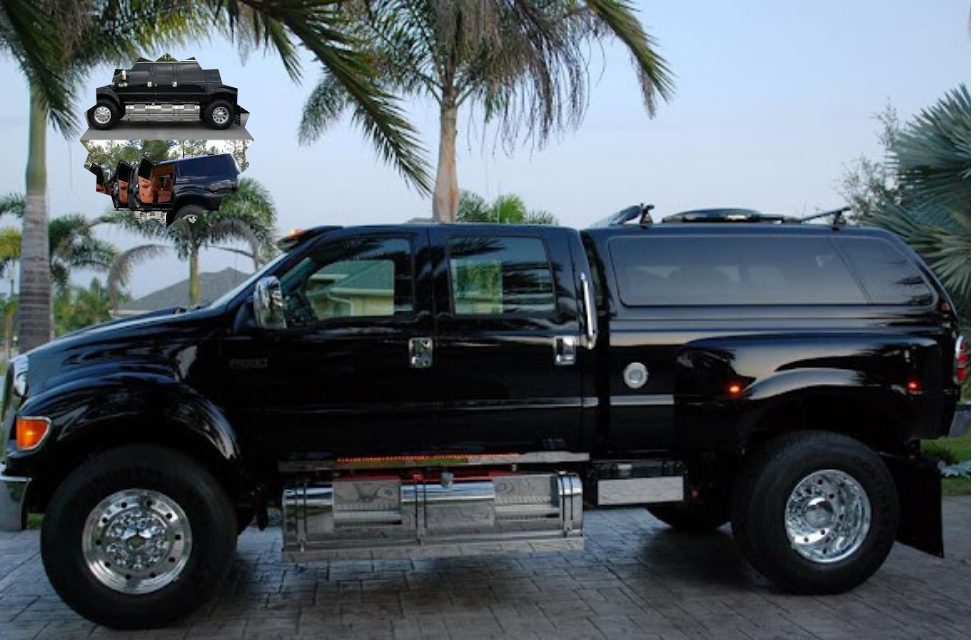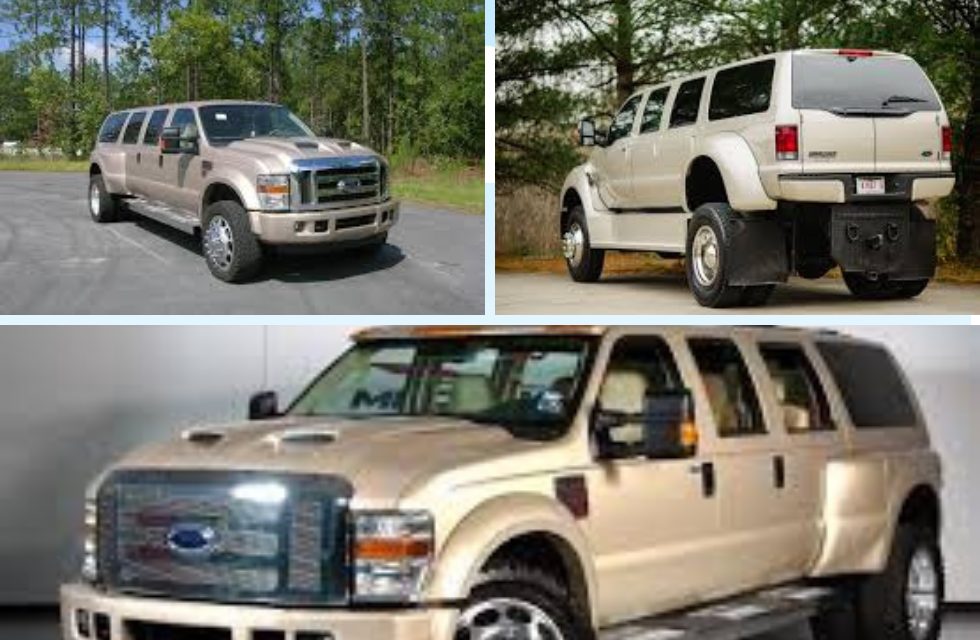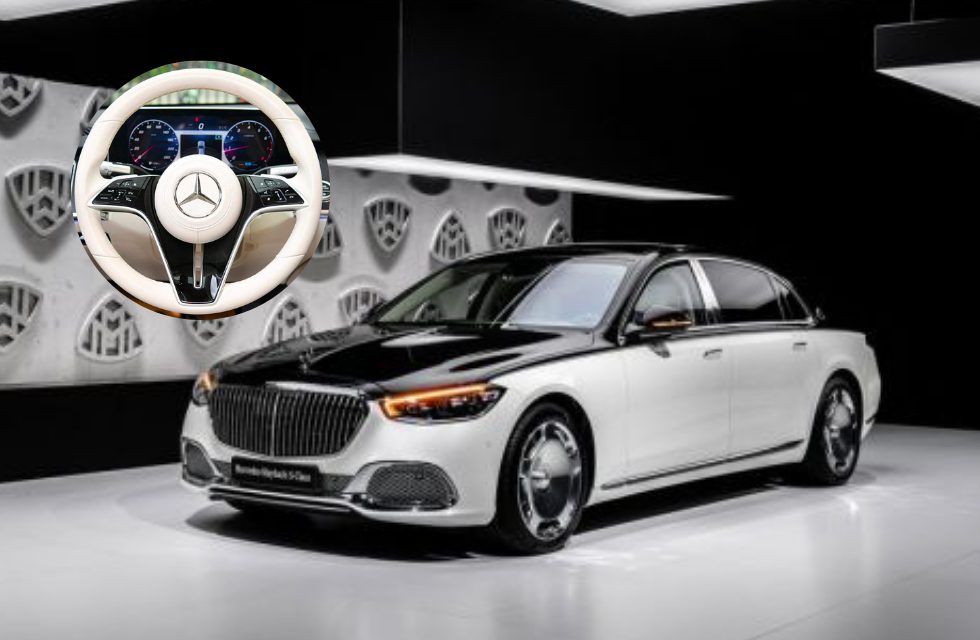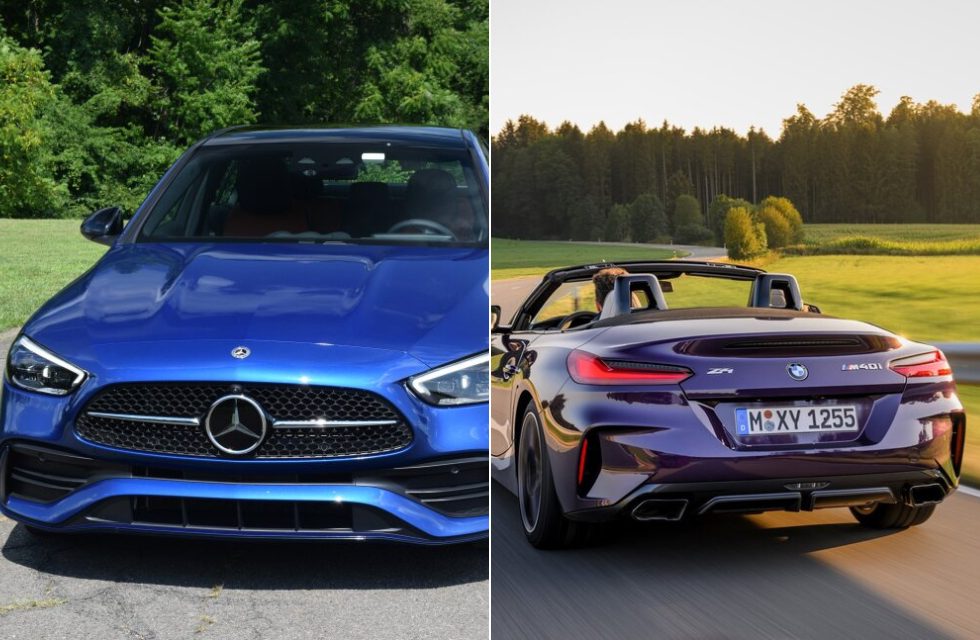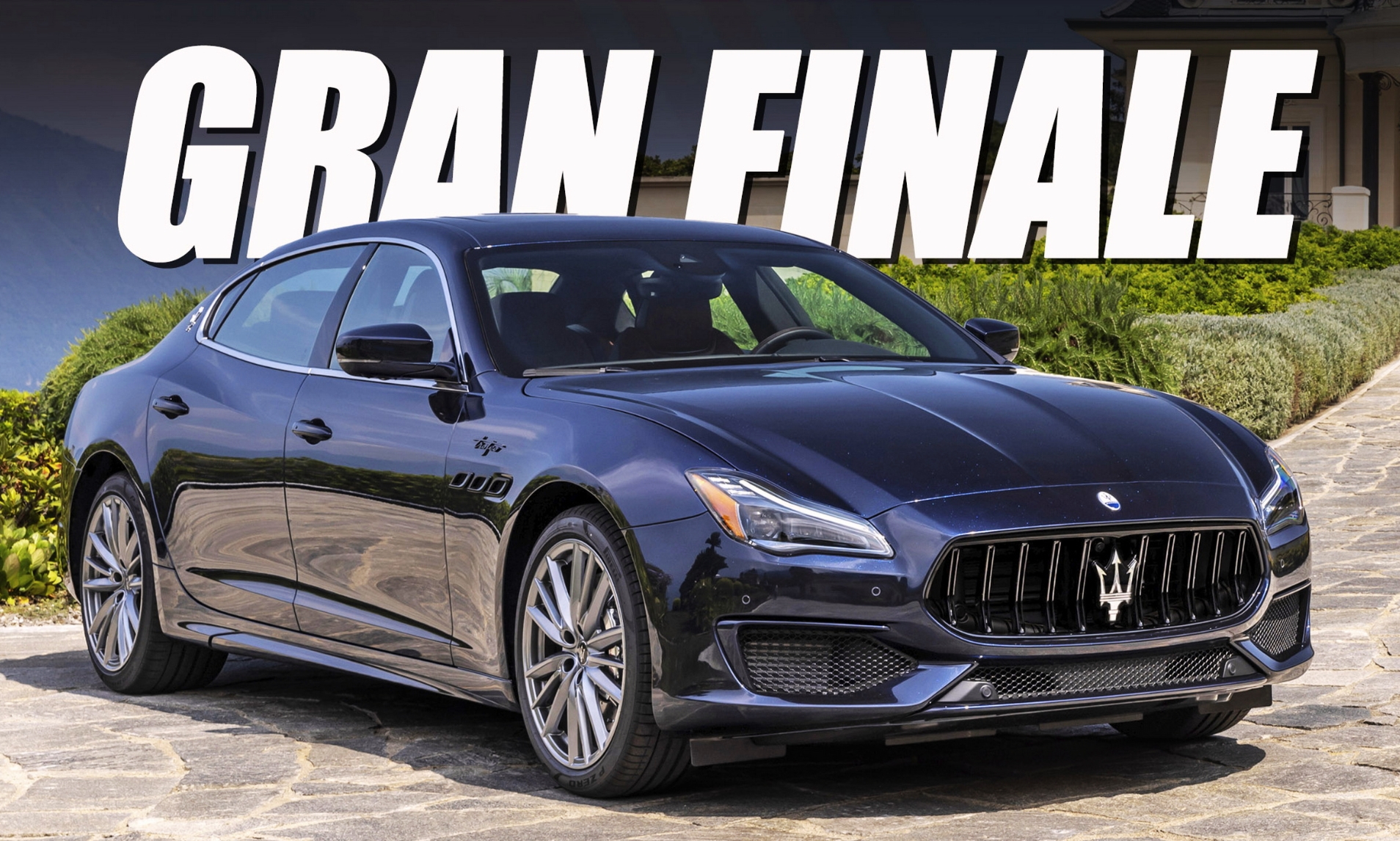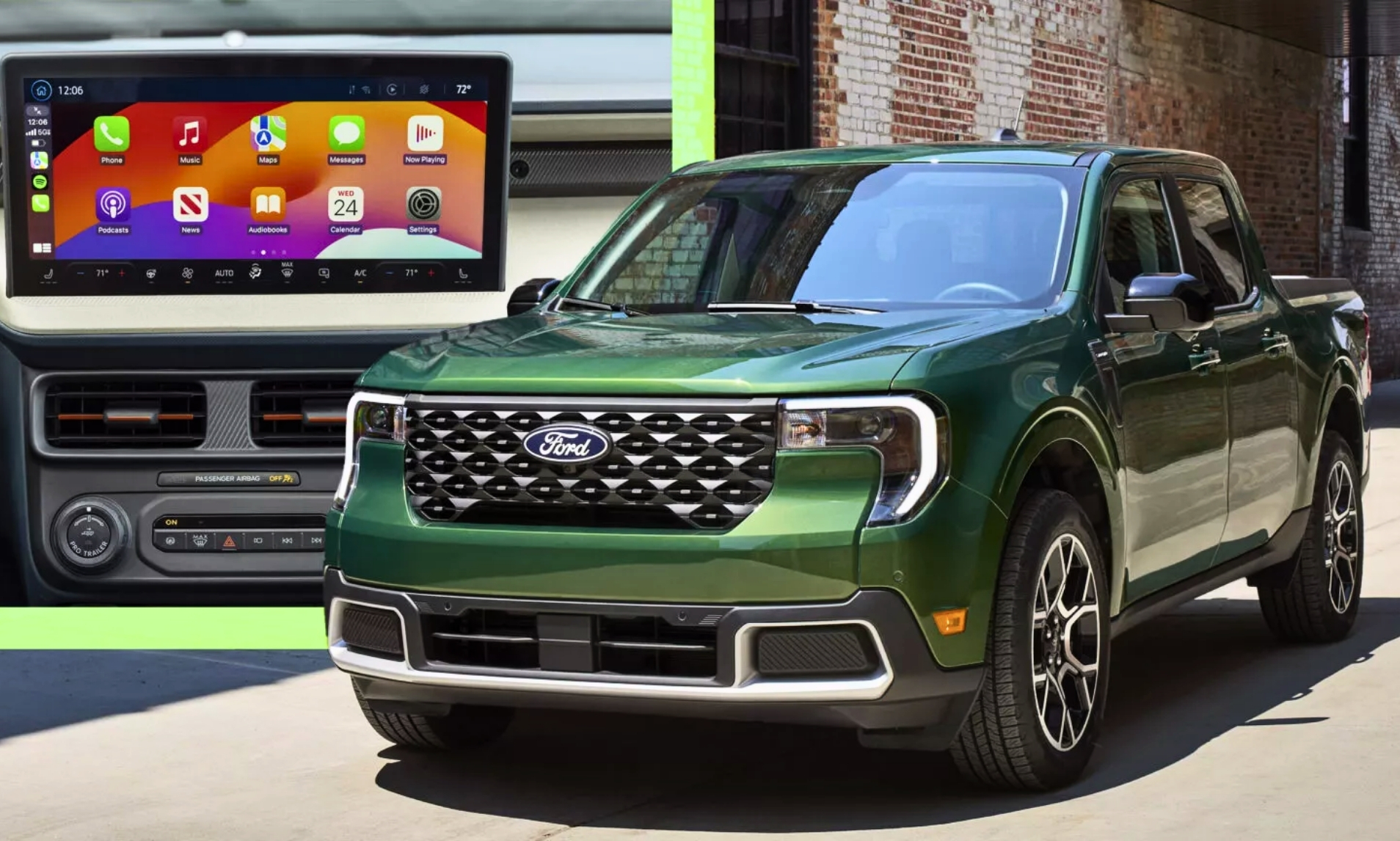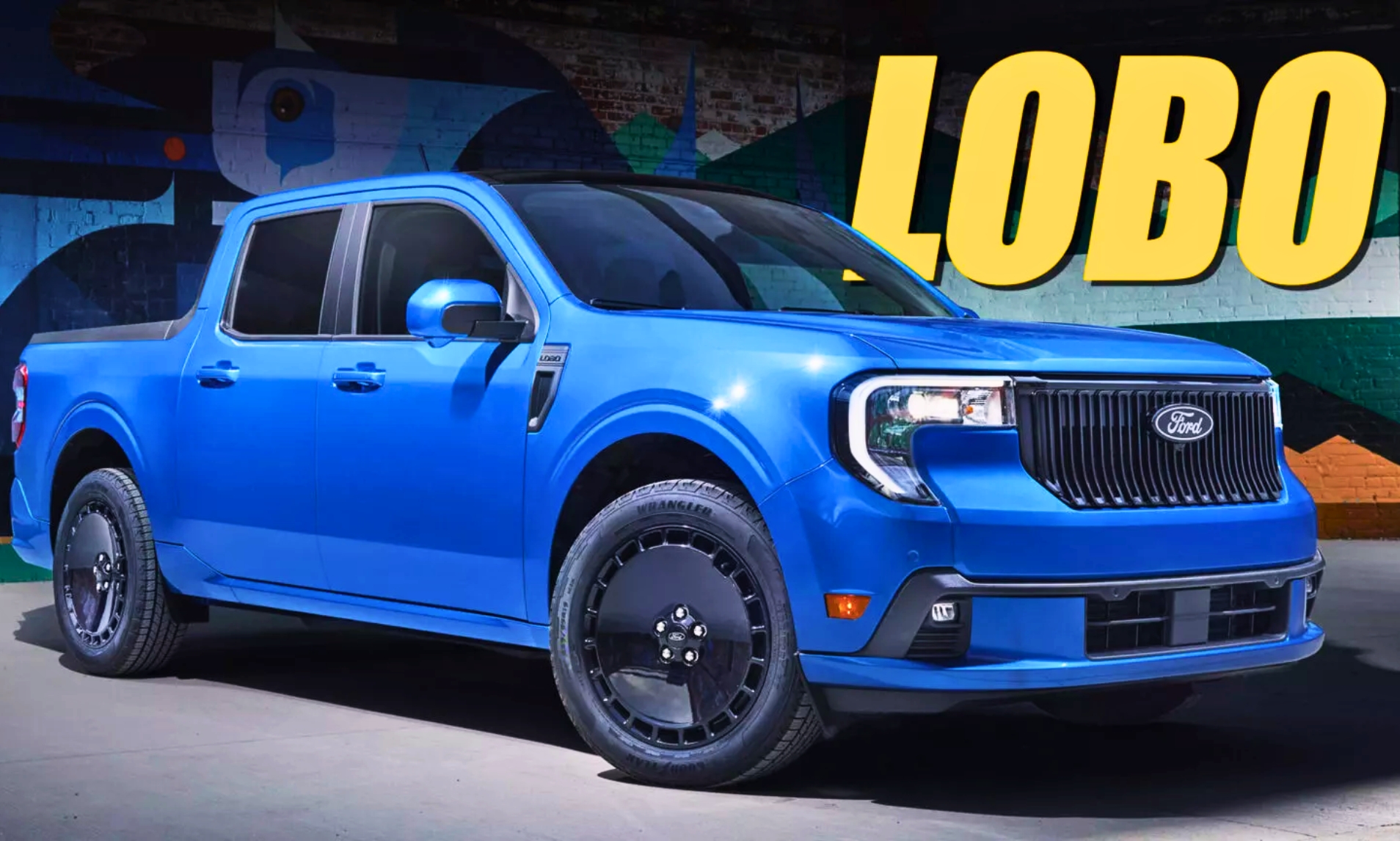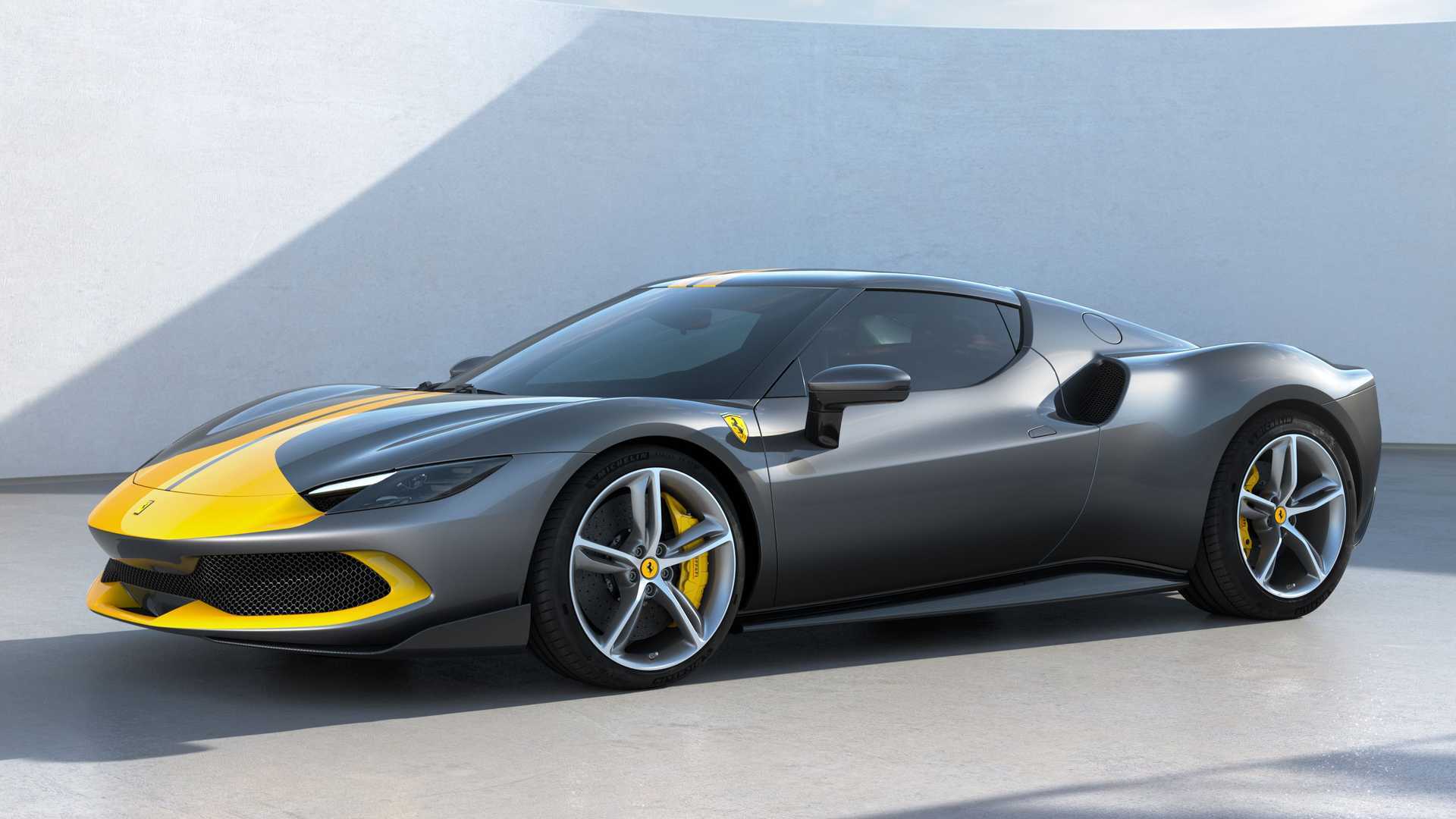
Ferrari made a name for itself with high-revving naturally aspirated engines. The 208 GTB Turbo was the first turbocharged Ferrari in 1982, and Ferrari’s first hybrid was the LaFerrari hypercar in 2013. Now, sales results for 2023 highlight how the Prancing Horse’s lineup has evolved with the rise of electrified powertrains.
In a record-breaking year when shipments surged by 3.3 percent to 13,663 units, hybrids accounted for 44 percent of Ferrari’s deliveries, while pure internal combustion engine vehicles represented 56 percent of sales. In 2023, Ferrari had four plug-in hybrid and six ICE models in its expanding portfolio, along with the track-only 296 GT3. The latter abandoned the hybrid setup of the street-legal 296 GTB/GTS in favor of an ICE-only configuration.
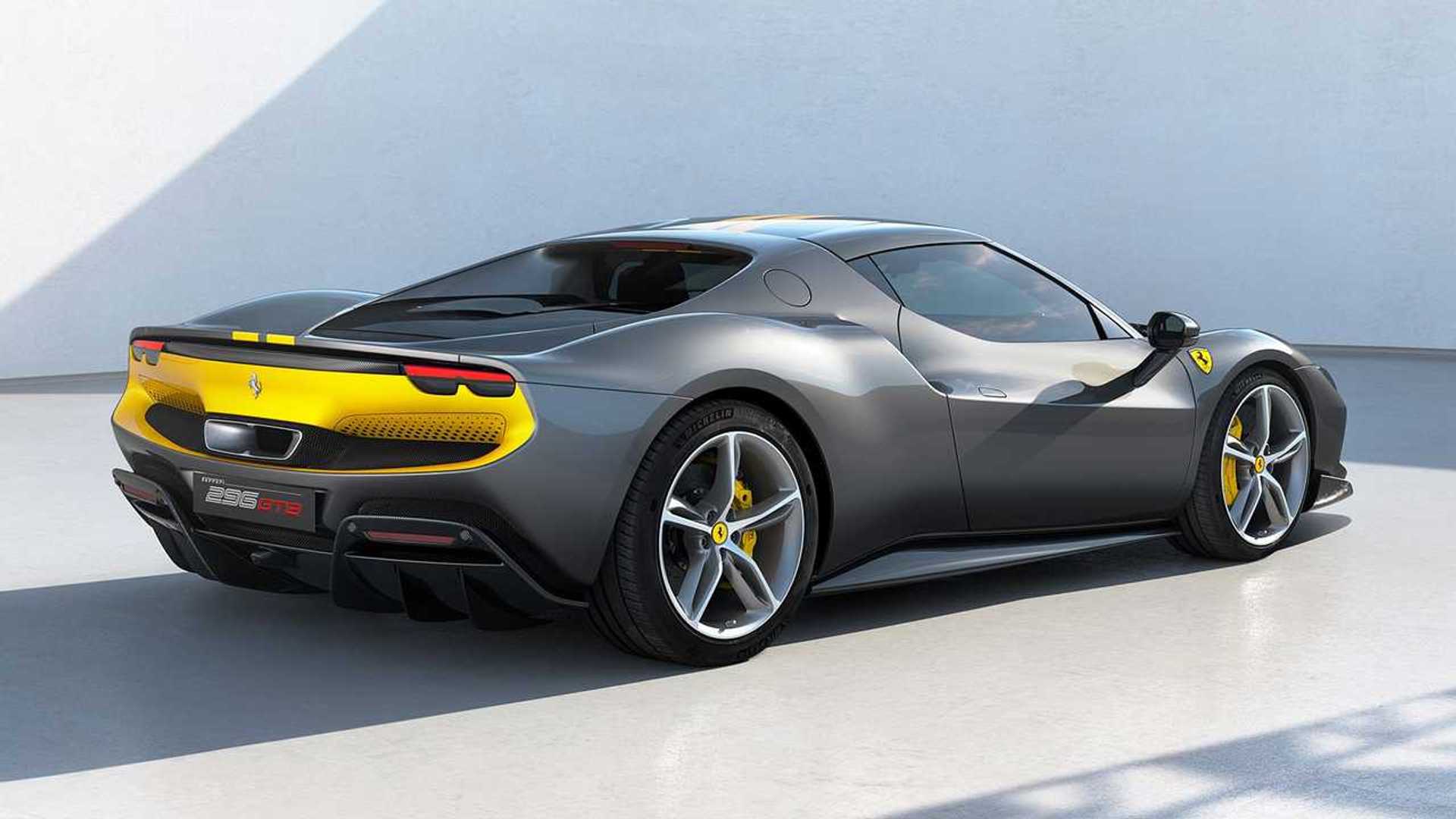
Compared to 2022, the hybrid take rate doubled, driven by demand for the 296 and SF90 models. This trend could continue, especially considering the anticipated hybrid setup for the Purosangue. For now, the SUV is exclusively sold with a naturally aspirated V12. Production of the high-riding Prancing Horse increased in the second half of 2023, making the SUV the driving force behind the sales growth. That being said, Ferrari has made it clear that it will limit annual sales of the “Thoroughbred” to 20 percent of the firm’s total volume.
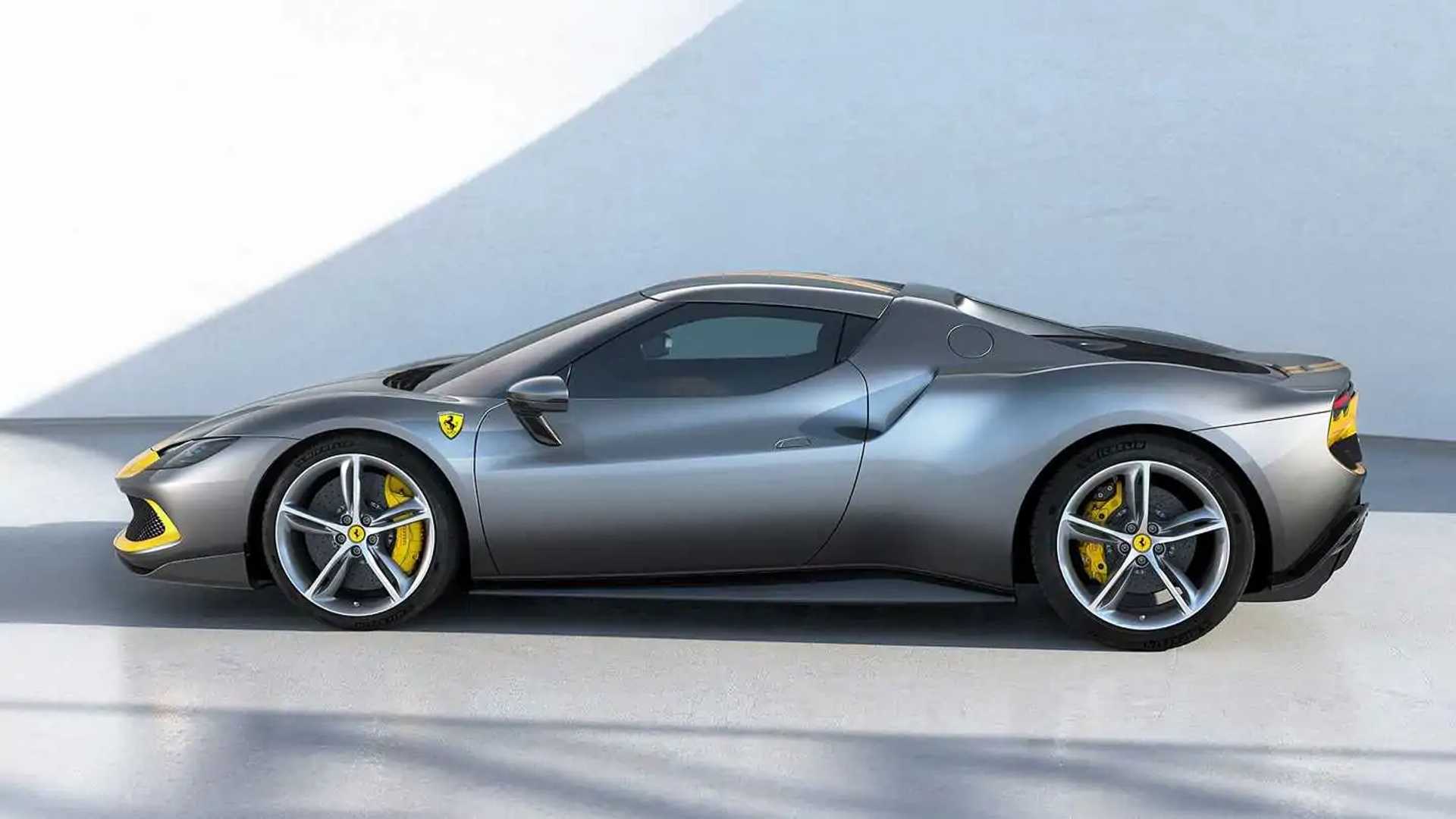
The Italian exotic marque concluded production of the F8 models in 2023 when deliveries of the Roma Spider commenced in the final quarter. Ferrari also shipped some of the last Portofino M cars ahead of the model’s imminent retirement. Looking ahead to 2024, three product launches have been confirmed, possibly successors to the LaFerrari and 812 Superfast, along with a third mysterious car.
The next natural step after a slew of hybrids is a pure electric vehicle, scheduled to be released in the fourth quarter of 2025. The EV will be assembled at a new “e-building” at home in Maranello, which will be inaugurated later this year. By the end of the decade, pure electric cars are projected to account for 40 percent of the company’s annual sales, with another 40 percent being hybrids, leaving only 20 percent for ICE cars.

